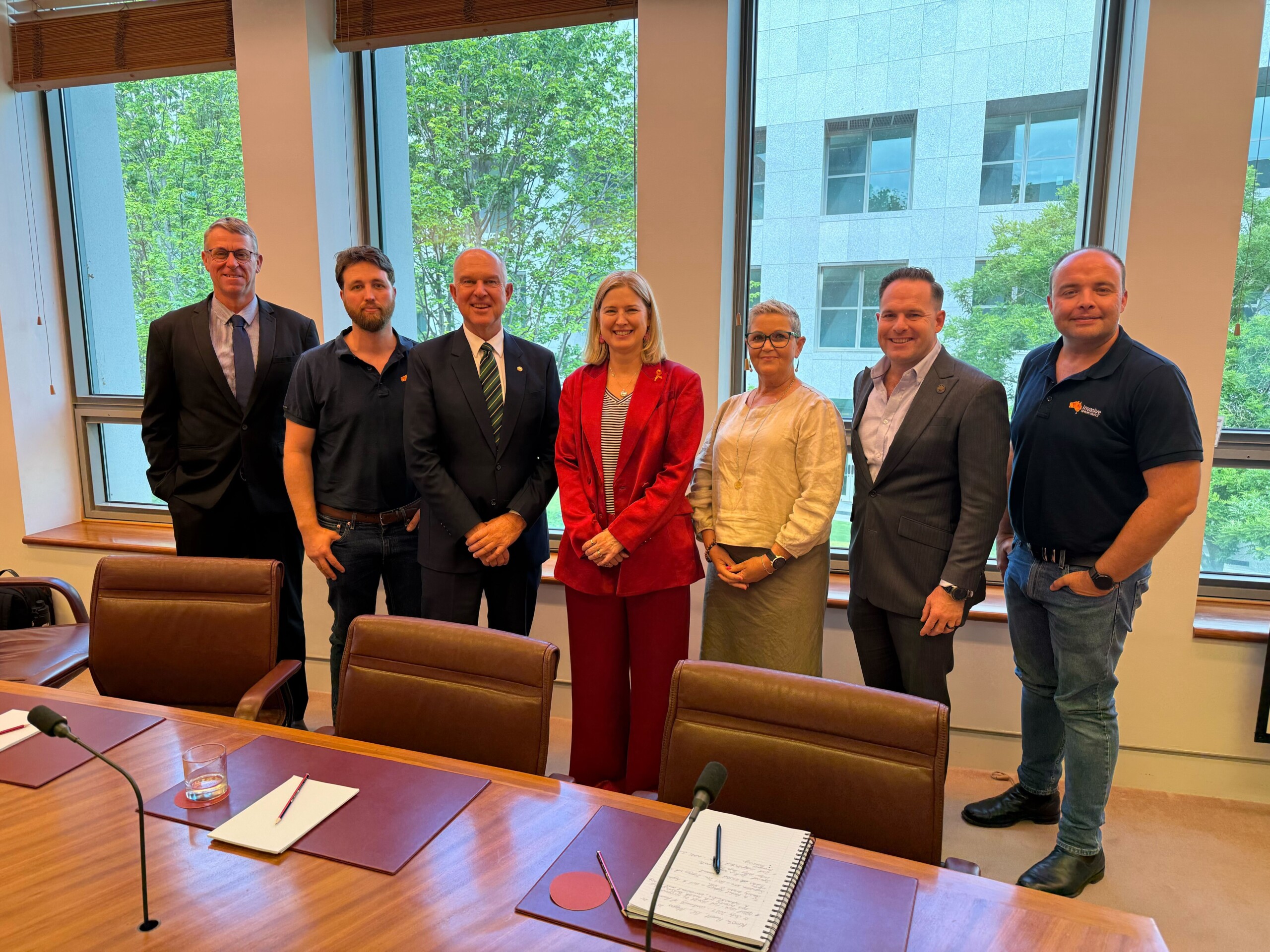
Queensland takes the fight to stamp out fire ants to Canberra
A delegation from Queensland has travelled to Australian Parliament House to meet with the Albanese Government and Coalition Opposition seeking urgent action to fight fire ants.
Our latest news and updates.

A delegation from Queensland has travelled to Australian Parliament House to meet with the Albanese Government and Coalition Opposition seeking urgent action to fight fire ants.
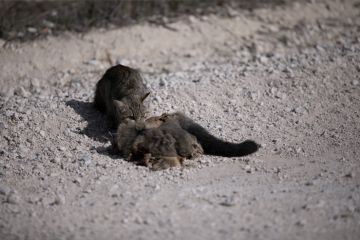
The Invasive Species Council has welcomed the Victorian Government’s decision to permit the use of Felixer grooming traps for feral cat control – calling it a landmark step that will turbo-charge efforts to protect threatened wildlife and give long-stalled island eradication projects their best chance of success.
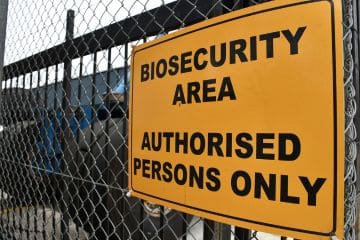
The Invasive Species Council is calling for a full investigation of allegations of serious enforcement failings inside Australia’s federal biosecurity agency, reported in a new review by the Inspector-General of Biosecurity.
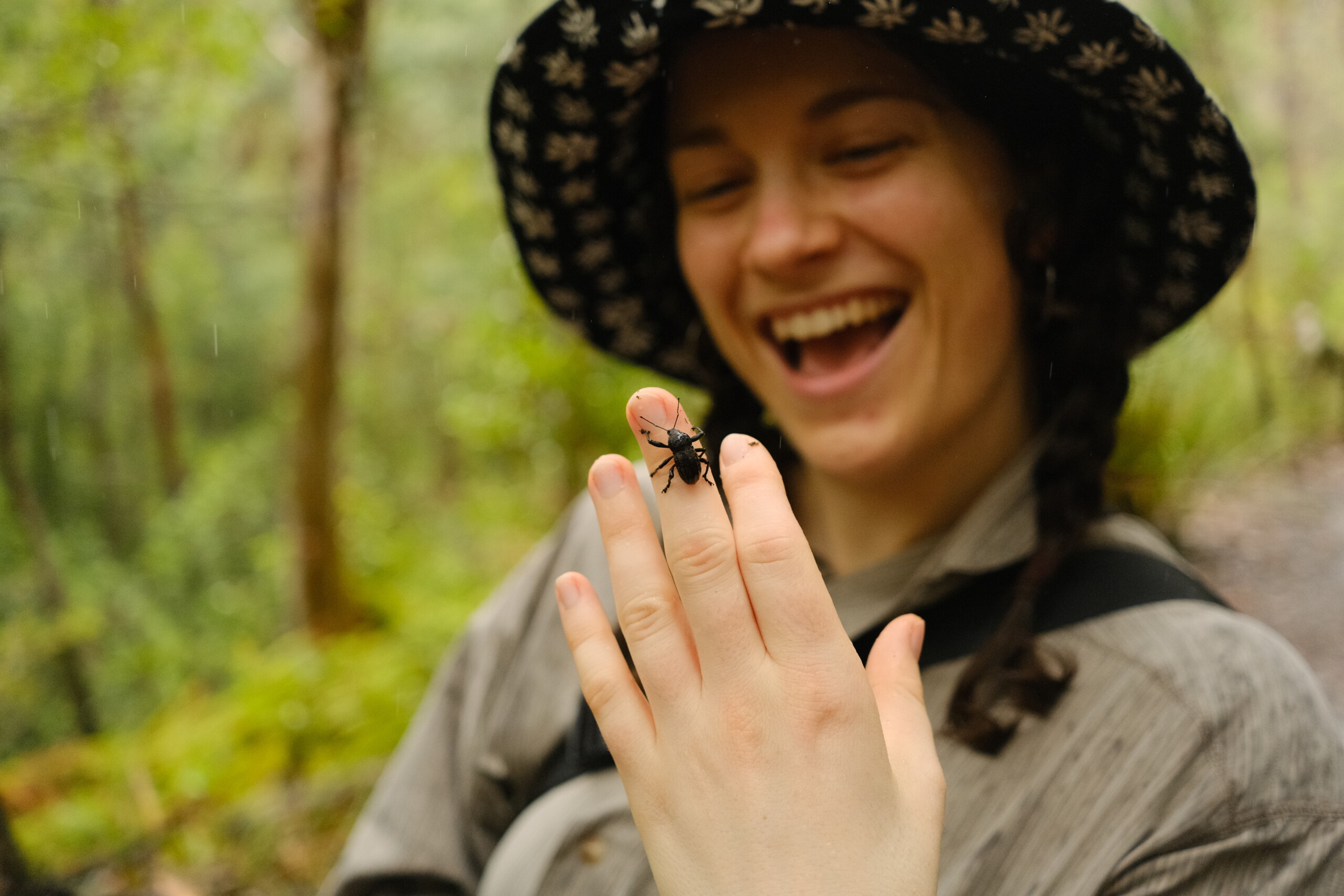
From 17–23 November, Australians are being urged to step outside, look closer, and discover the secret world beneath their feet during Bugs in My Backyard Week – a brand-new national event encouraging families, schools and nature lovers to photograph and record the mini-beasts living all around them.

The Invasive Species Council has welcomed new federal funding to support feral deer management in South Australia, saying it’s an encouraging boost for the state’s ambitious eradication effort – but more investment is urgently needed to finish the job.
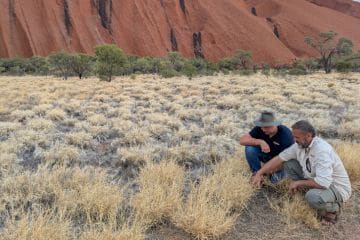
When I first went to Central Australia in the early nineties, the desert had a rhythm.
When I went back there last month, that rhythm was gone.

The Invasive Species Council celebrates the Australian Government’s decision to elevate the role of the Chief Environmental Biosecurity Officer, saying it sends a strong signal that protecting Australia’s environment from invasive species is being taken seriously at the highest levels of government.

The Invasive Species Council has announced the appointment of its long-serving former CEO, Andrew Cox, as a new Ambassador – a role that will see him continue advancing Australia’s leadership on invasive species prevention and management at the global level.

Late on a Friday afternoon – while most Victorians were heading home for the weekend – the Allan Government quietly slipped out its long-awaited response to the Wildlife Act review.

Australia’s national environment law has a missing letter – and that small omission tells a big story about why our wildlife keeps disappearing.
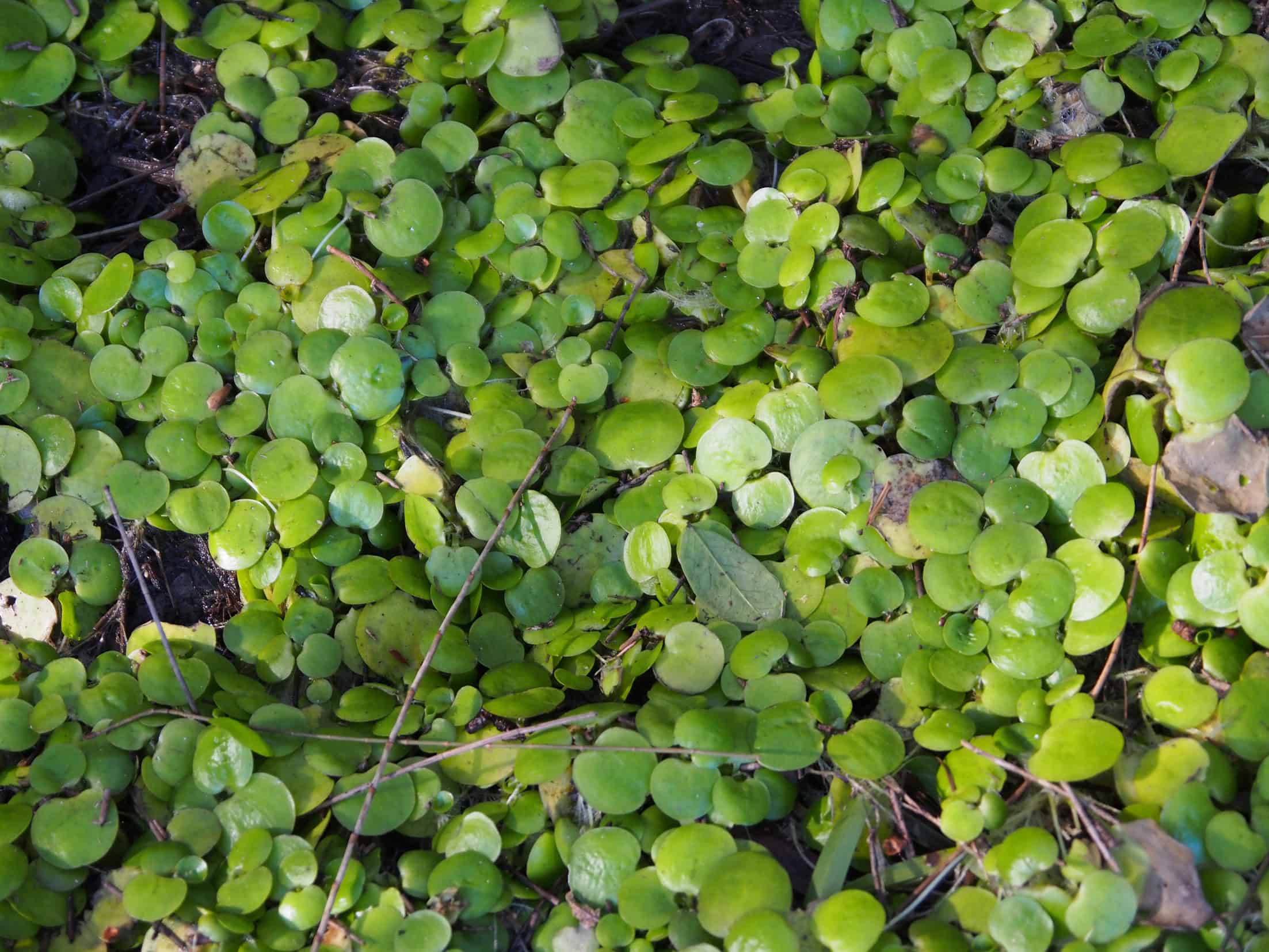
The Invasive Species Council has welcomed the Queensland government’s proposal to restrict Amazon frogbit under the state’s biosecurity laws but says Queensland should seize the opportunity to stop history repeating itself with other invasive aquatic weeds.

The news today of a suspected H5 bird flu detection in elephant seals on World Heritage Heard Island is a wake-up call, the Invasive Species Council says.

Australia’s newest citizen-science project, Bug Hunt Australia, has received one of the nation’s highest honours for nature – the Gold Tier Award ($50,000) at the 2025 Australian Geographic Society Awards for Nature.
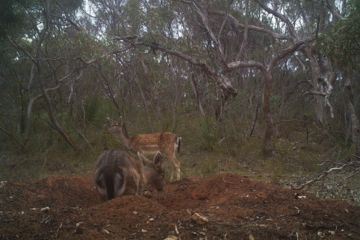
The Invasive Species Council has condemned the Allan Government’s decision to maintain protection for feral deer under the Wildlife Act 1975, defying expert advice, community feedback, and mounting evidence of the environmental, economic and safety damage these animals cause across Victoria.
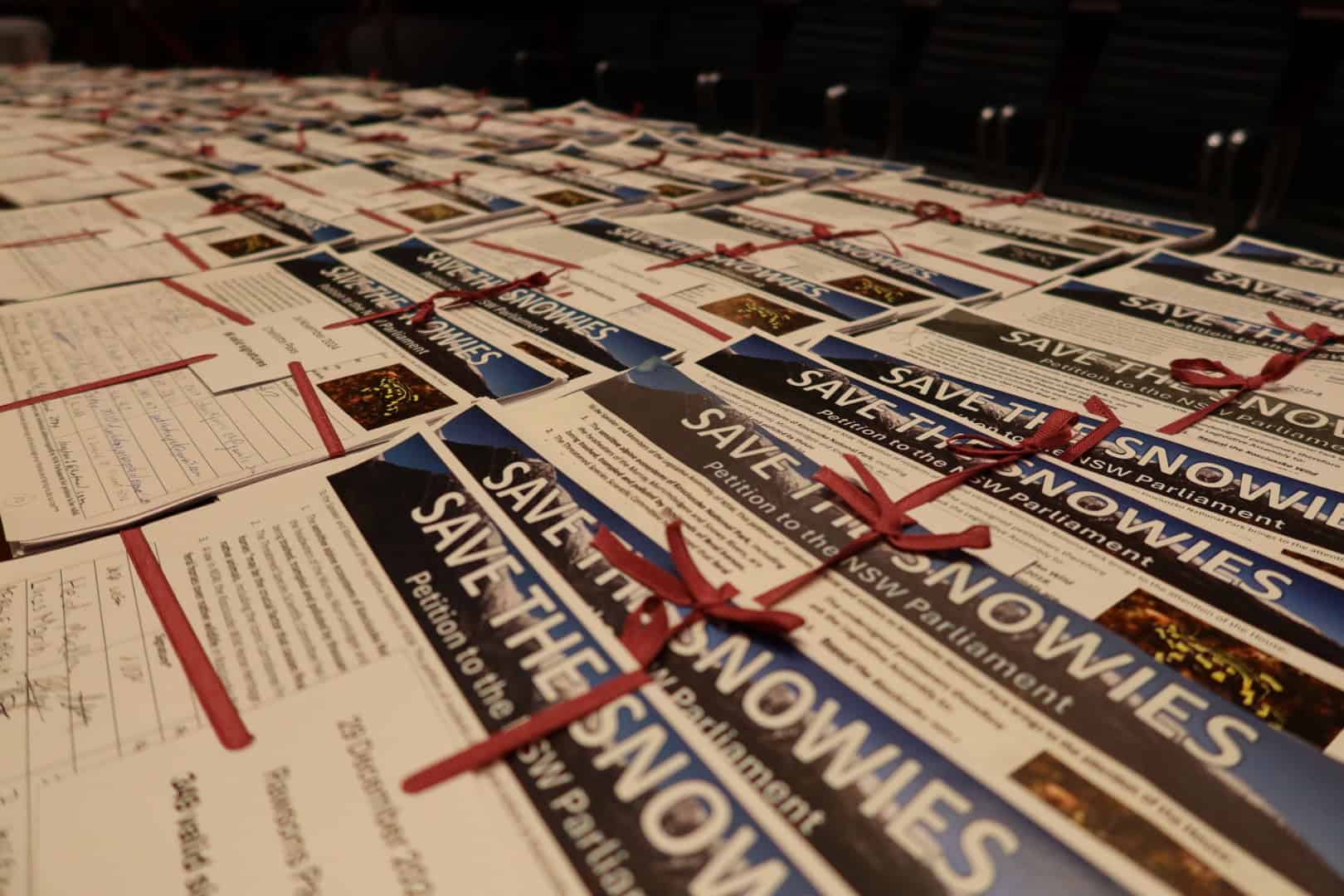
The Invasive Species Council and the NSW National Parks Association hailed a landmark victory for nature, with the NSW Parliament’s lower house voting to tear up the controversial Kosciuszko Wild Horse Heritage Act.

A delegation from Queensland has travelled to Australian Parliament House to meet with the Albanese Government and Coalition Opposition seeking urgent action to fight fire ants.

The Invasive Species Council has welcomed the Victorian Government’s decision to permit the use of Felixer grooming traps for feral cat control – calling it a landmark step that will turbo-charge efforts to protect threatened wildlife and give long-stalled island eradication projects their best chance of success.

The Invasive Species Council is calling for a full investigation of allegations of serious enforcement failings inside Australia’s federal biosecurity agency, reported in a new review by the Inspector-General of Biosecurity.

From 17–23 November, Australians are being urged to step outside, look closer, and discover the secret world beneath their feet during Bugs in My Backyard Week – a brand-new national event encouraging families, schools and nature lovers to photograph and record the mini-beasts living all around them.

The Invasive Species Council has welcomed new federal funding to support feral deer management in South Australia, saying it’s an encouraging boost for the state’s ambitious eradication effort – but more investment is urgently needed to finish the job.

When I first went to Central Australia in the early nineties, the desert had a rhythm.
When I went back there last month, that rhythm was gone.

The Invasive Species Council celebrates the Australian Government’s decision to elevate the role of the Chief Environmental Biosecurity Officer, saying it sends a strong signal that protecting Australia’s environment from invasive species is being taken seriously at the highest levels of government.

The Invasive Species Council has announced the appointment of its long-serving former CEO, Andrew Cox, as a new Ambassador – a role that will see him continue advancing Australia’s leadership on invasive species prevention and management at the global level.

Late on a Friday afternoon – while most Victorians were heading home for the weekend – the Allan Government quietly slipped out its long-awaited response to the Wildlife Act review.

Australia’s national environment law has a missing letter – and that small omission tells a big story about why our wildlife keeps disappearing.

The Invasive Species Council has welcomed the Queensland government’s proposal to restrict Amazon frogbit under the state’s biosecurity laws but says Queensland should seize the opportunity to stop history repeating itself with other invasive aquatic weeds.

The news today of a suspected H5 bird flu detection in elephant seals on World Heritage Heard Island is a wake-up call, the Invasive Species Council says.

Australia’s newest citizen-science project, Bug Hunt Australia, has received one of the nation’s highest honours for nature – the Gold Tier Award ($50,000) at the 2025 Australian Geographic Society Awards for Nature.

The Invasive Species Council has condemned the Allan Government’s decision to maintain protection for feral deer under the Wildlife Act 1975, defying expert advice, community feedback, and mounting evidence of the environmental, economic and safety damage these animals cause across Victoria.

The Invasive Species Council and the NSW National Parks Association hailed a landmark victory for nature, with the NSW Parliament’s lower house voting to tear up the controversial Kosciuszko Wild Horse Heritage Act.

A delegation from Queensland has travelled to Australian Parliament House to meet with the Albanese Government and Coalition Opposition seeking urgent action to fight fire ants.

The Invasive Species Council has welcomed the Victorian Government’s decision to permit the use of Felixer grooming traps for feral cat control – calling it a landmark step that will turbo-charge efforts to protect threatened wildlife and give long-stalled island eradication projects their best chance of success.

The Invasive Species Council is calling for a full investigation of allegations of serious enforcement failings inside Australia’s federal biosecurity agency, reported in a new review by the Inspector-General of Biosecurity.

From 17–23 November, Australians are being urged to step outside, look closer, and discover the secret world beneath their feet during Bugs in My Backyard Week – a brand-new national event encouraging families, schools and nature lovers to photograph and record the mini-beasts living all around them.

The Invasive Species Council has welcomed new federal funding to support feral deer management in South Australia, saying it’s an encouraging boost for the state’s ambitious eradication effort – but more investment is urgently needed to finish the job.

When I first went to Central Australia in the early nineties, the desert had a rhythm.
When I went back there last month, that rhythm was gone.

The Invasive Species Council celebrates the Australian Government’s decision to elevate the role of the Chief Environmental Biosecurity Officer, saying it sends a strong signal that protecting Australia’s environment from invasive species is being taken seriously at the highest levels of government.

The Invasive Species Council has announced the appointment of its long-serving former CEO, Andrew Cox, as a new Ambassador – a role that will see him continue advancing Australia’s leadership on invasive species prevention and management at the global level.

Late on a Friday afternoon – while most Victorians were heading home for the weekend – the Allan Government quietly slipped out its long-awaited response to the Wildlife Act review.
Our protected areas are being trashed, trampled, choked and polluted by an onslaught of invaders. Invasive species are already the overwhelming driver of our animal extinction rate, and are expected to cause 75 of the next 100 extinctions.
But you can help to turn this around and create a wildlife revival in Australia.
From numbats to night parrots, a tax-deductible donation today can help defend our wildlife against the threat of invasive weeds, predators, and diseases.
As the only national advocacy environment group dedicated to stopping this mega threat, your gift will make a big difference.
A silent crisis is unfolding across Australia. Every year, billions of native animals are hunted and killed by cats and foxes. Fire ants continue to spread and threaten human health. And the deadly strain of bird flu looms on the horizon. Your donation today will be used to put the invasive species threat in the media, make invasive species a government priority, ensure governments take rapid action to protect nature and our remarkable native wildlife from invasives-led extinction, death and destruction.
If you are having trouble submitting a form, please read this guide.
Please fill out the following form and one of our team will be in contact to assist as soon as possible. Please make sure to include any helpful information, such as the device you were using (computer, tablet or mobile phone) and if known, your browser (Mozilla Firefox, Chrome, Safari etc)
"*" indicates required fields
Dear Project Team,
[YOUR PERSONALISED MESSAGE WILL APPEAR HERE.]
I support the amendment to the Kosciuszko National Park Wild Horse Heritage Management Plan to allow our incredible National Parks staff to use aerial shooting as one method to rapidly reduce feral horse numbers. I want to see feral horse numbers urgently reduced in order to save the national park and our native wildlife that live there.
The current approach is not solving the problem. Feral horse numbers have rapidly increased in Kosciuszko National Park to around 18,000, a 30% jump in just the past 2 years. With the population so high, thousands of feral horses need to be removed annually to reduce numbers and stop our National Park becoming a horse paddock. Aerial shooting, undertaken humanely and safely by professionals using standard protocols, is the only way this can happen.
The government’s own management plan for feral horses states that ‘if undertaken in accordance with best practice, aerial shooting can have the lowest negative animal welfare impacts of all lethal control methods’.
This humane and effective practice is already used across Australia to manage hundreds of thousands of feral animals like horses, deer, pigs, and goats.
Trapping and rehoming of feral horses has been used in Kosciuszko National Park for well over a decade but has consistently failed to reduce the population, has delayed meaningful action and is expensive. There are too many feral horses in the Alps and not enough demand for rehoming for it to be relied upon for the reduction of the population.
Fertility control as a management tool is only effective for a small, geographically isolated, and accessible population of feral horses where the management outcome sought is to maintain the population at its current size. It is not a viable option to reduce the large and growing feral horse population in the vast and rugged terrain of Kosciuszko National Park.
Feral horses are trashing and trampling our sensitive alpine ecosystems and streams, causing the decline and extinction of native animals. The federal government’s Threatened Species Scientific Committee has stated that feral horses ‘may be the crucial factor that causes final extinction’ for 12 alpine species.
I recognise the sad reality that urgent and humane measures are necessary to urgently remove the horses or they will destroy the Snowies and the native wildlife that call the mountains home. I support a healthy national park where native species like the Corroboree Frog and Mountain Pygmy Possum can thrive.
Dear Project Team,
[YOUR PERSONALISED MESSAGE WILL APPEAR HERE.]
I support the amendment to the Kosciuszko National Park Wild Horse Heritage Management Plan to allow our incredible National Parks staff to use aerial shooting as one method to rapidly reduce feral horse numbers. I want to see feral horse numbers urgently reduced in order to save the national park and our native wildlife that live there.
The current approach is not solving the problem. Feral horse numbers have rapidly increased in Kosciuszko National Park to around 18,000, a 30% jump in just the past 2 years. With the population so high, thousands of feral horses need to be removed annually to reduce numbers and stop our National Park becoming a horse paddock. Aerial shooting, undertaken humanely and safely by professionals using standard protocols, is the only way this can happen.
The government’s own management plan for feral horses states that ‘if undertaken in accordance with best practice, aerial shooting can have the lowest negative animal welfare impacts of all lethal control methods’.
This humane and effective practice is already used across Australia to manage hundreds of thousands of feral animals like horses, deer, pigs, and goats.
Trapping and rehoming of feral horses has been used in Kosciuszko National Park for well over a decade but has consistently failed to reduce the population, has delayed meaningful action and is expensive. There are too many feral horses in the Alps and not enough demand for rehoming for it to be relied upon for the reduction of the population.
Fertility control as a management tool is only effective for a small, geographically isolated, and accessible population of feral horses where the management outcome sought is to maintain the population at its current size. It is not a viable option to reduce the large and growing feral horse population in the vast and rugged terrain of Kosciuszko National Park.
Feral horses are trashing and trampling our sensitive alpine ecosystems and streams, causing the decline and extinction of native animals. The federal government’s Threatened Species Scientific Committee has stated that feral horses ‘may be the crucial factor that causes final extinction’ for 12 alpine species.
I recognise the sad reality that urgent and humane measures are necessary to urgently remove the horses or they will destroy the Snowies and the native wildlife that call the mountains home. I support a healthy national park where native species like the Corroboree Frog and Mountain Pygmy Possum can thrive.